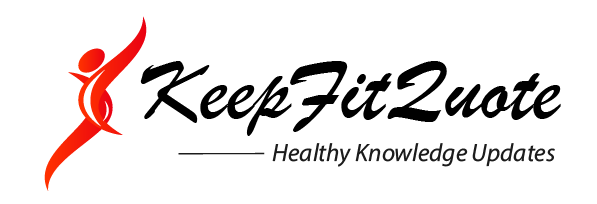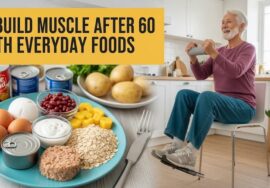Iron is a vital nutrient that plays a crucial role in maintaining overall health and well-being. The importance of iron lies in its essential role in producing hemoglobin, a protein in red blood cells responsible for transporting oxygen throughout the body. A deficiency in iron can lead to various health issues, including anemia, fatigue, and decreased immunity.
The Importance of Iron in the Body
Iron is not only crucial for oxygen transport but also supports brain function, muscle strength, and energy production. It is especially important for women, children, and pregnant individuals, as they have higher iron requirements. During pregnancy, normal hemoglobin levels are vital for both maternal health and fetal development. A diet rich in iron helps maintain healthy hemoglobin levels, preventing symptoms such as fatigue, weakness, and pale skin.
Signs of Iron Deficiency
Common symptoms of iron deficiency include:
- Fatigue and lack of energy
- Pale skin
- Shortness of breath
- Dizziness
- Brittle nails and hair loss
- Low hemoglobin levels in blood tests
These symptoms can indicate anemia, a condition caused by insufficient iron levels in the body.
Top Sources of Iron for the Body
Consuming iron-rich foods is the most effective way to prevent or treat iron deficiency. Here’s a list of the best dietary sources of iron:
Iron-Rich Foods
- Meat and Poultry: Beef, liver, turkey, and chicken are excellent sources of heme iron, which is easily absorbed by the body.
- Seafood: Oysters, clams, and fish like salmon and tuna are rich in iron.
- Fortified Cereals: Many breakfast cereals are fortified with iron, making them a good option for boosting hemoglobin levels.
- Legumes: Lentils, chickpeas, and beans are great sources of non-heme iron.
- Nuts and Seeds: Pumpkin seeds, sunflower seeds, and cashews are iron-enriched foods.
Iron-Rich Vegetables
- Spinach, kale, and Swiss chard are iron-rich vegetables ideal for an iron-deficient diet.
- Broccoli and peas also contain iron and vitamin C, which helps improve iron absorption.
Iron-Rich Fruits
- Dried fruits like apricots, raisins, and prunes are packed with iron.
- Fruits like pomegranates and dates are excellent for improving hemoglobin levels.
Best Foods for Anemia
- A combination of iron-rich foods for anemia, such as red meat, spinach, and fortified cereals, can significantly improve iron levels.
- Pairing these foods with vitamin C sources like citrus fruits can further enhance absorption.
Diet Tips for Increasing Iron Levels
To ensure your body gets enough iron, follow these dietary tips:
- Include foods high in iron, like leafy greens, in your daily meals.
- Incorporate iron-enriched foods such as fortified bread and cereals.
- Eat foods with iron for anemia treatment, such as legumes and seafood.
- Consume vitamin C-rich foods (like oranges, strawberries, and tomatoes) alongside iron-rich foods to boost absorption.
- Avoid consuming tea, coffee, or calcium-rich foods immediately after meals, as they can inhibit iron absorption.
Iron During Pregnancy
Pregnancy increases the body’s iron requirements significantly. Maintaining normal hemoglobin levels during pregnancy is crucial for preventing complications such as low birth weight and preterm delivery. Foods that contain iron for anemia treatment during pregnancy include fortified cereals, lean meats, and iron-rich fruits like dates.
Iron Deficiency Treatments
Iron deficiency treatment often involves dietary changes, iron supplements, and foods good for iron deficiency. Incorporating iron-filled foods like red meat, spinach, and fortified cereals into meals is effective in treating low hemoglobin levels.
Conclusion
Iron is a cornerstone of good health, playing a key role in oxygen transport, energy production, and overall well-being. The importance of iron in your diet cannot be overstated; including a variety of iron-rich foods, such as leafy greens, red meat, legumes, and fortified cereals, can help maintain healthy hemoglobin levels and prevent iron deficiency anemia. For those experiencing symptoms of low iron, such as fatigue or pale skin, consulting a healthcare professional is essential to determine the best course of treatment.








